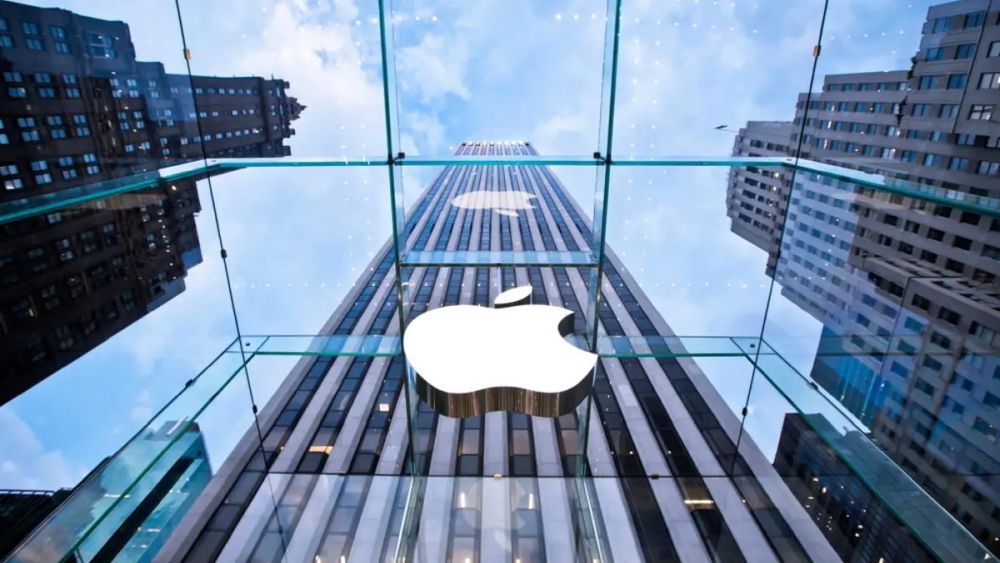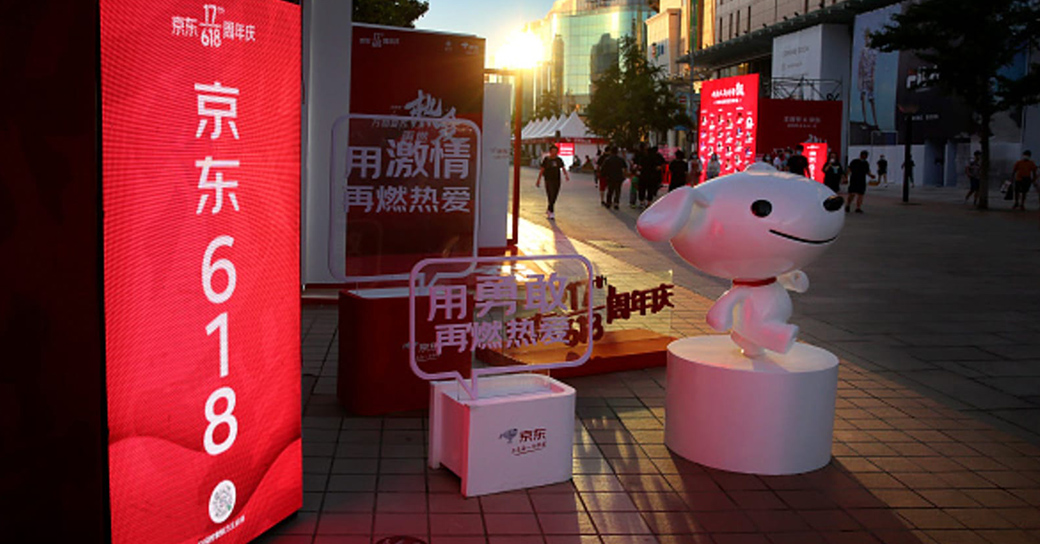Apple’s grip on China’s massive smartphone market loosened in early 2024. A slumping economy and fierce competition from domestic giants like Huawei, whose Mate 60 series launch was a hit, saw iPhone sales plummet. With consumers tightening their belts, Apple’s premium pricing became a barrier.

To win back customers, Apple launched an aggressive price cut campaign. Partnering with major e-commerce platforms like Tmall and JD.com, they slashed iPhone prices by up to 23% during China’s “618” shopping festival. This strategic move brought the iPhone 15 into competition with Xiaomi and Huawei flagships. Analysts believe these cuts were essential for Apple to reclaim market share.

The gamble paid off. iPhone shipments in China surged by 52% in April, a significant jump compared to the previous month’s modest growth. This resurgence indicates Apple’s strategy is working. However, the price cuts might have unintended consequences. Analysts predict a ripple effect, forcing competitors like Huawei to follow suit. This price war could squeeze profit margins for all high-end smartphone makers in the coming quarters.

Apple’s China comeback highlights the cutthroat competition in the global smartphone market. While the price cuts have brought temporary relief, their long-term sustainability remains to be seen. How competitors respond and how the price war unfolds will shape the future of the industry in China, a crucial battleground for smartphone dominance.

